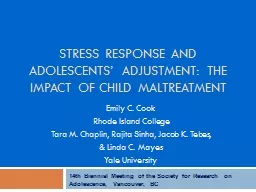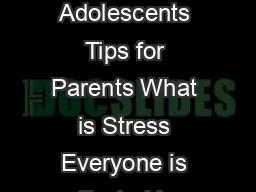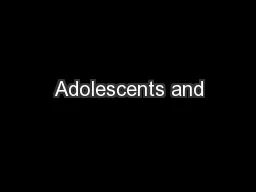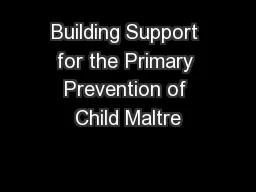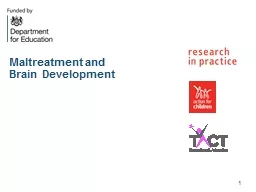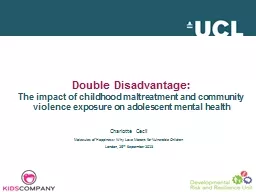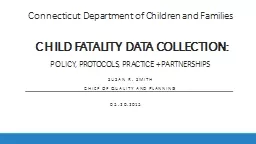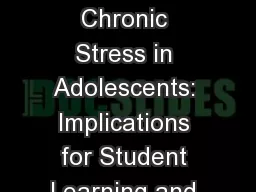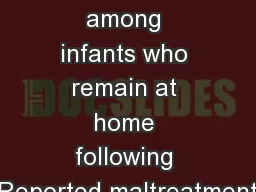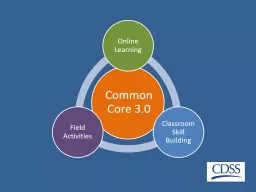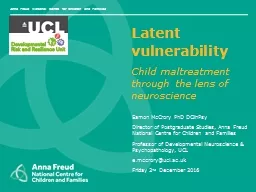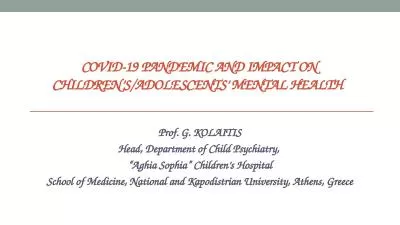PPT-Stress Response and Adolescents’ Adjustment: The impact of child maltreatment
Author : min-jolicoeur | Published Date : 2018-02-10
Emily C Cook Rhode Island College Tara M Chaplin Rajita Sinha Jacob K Tebes amp Linda C Mayes Yale University 14th Biennial Meeting of the Society for Research
Presentation Embed Code
Download Presentation
Download Presentation The PPT/PDF document "Stress Response and Adolescents’ Adjus..." is the property of its rightful owner. Permission is granted to download and print the materials on this website for personal, non-commercial use only, and to display it on your personal computer provided you do not modify the materials and that you retain all copyright notices contained in the materials. By downloading content from our website, you accept the terms of this agreement.
Stress Response and Adolescents’ Adjustment: The impact of child maltreatment: Transcript
Download Rules Of Document
"Stress Response and Adolescents’ Adjustment: The impact of child maltreatment"The content belongs to its owner. You may download and print it for personal use, without modification, and keep all copyright notices. By downloading, you agree to these terms.
Related Documents

